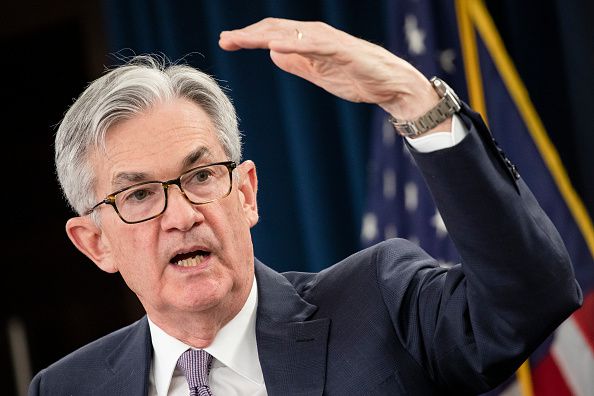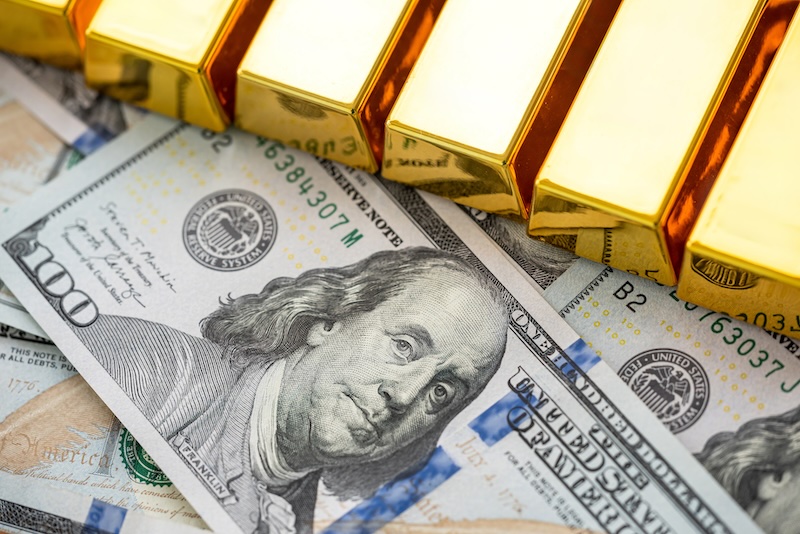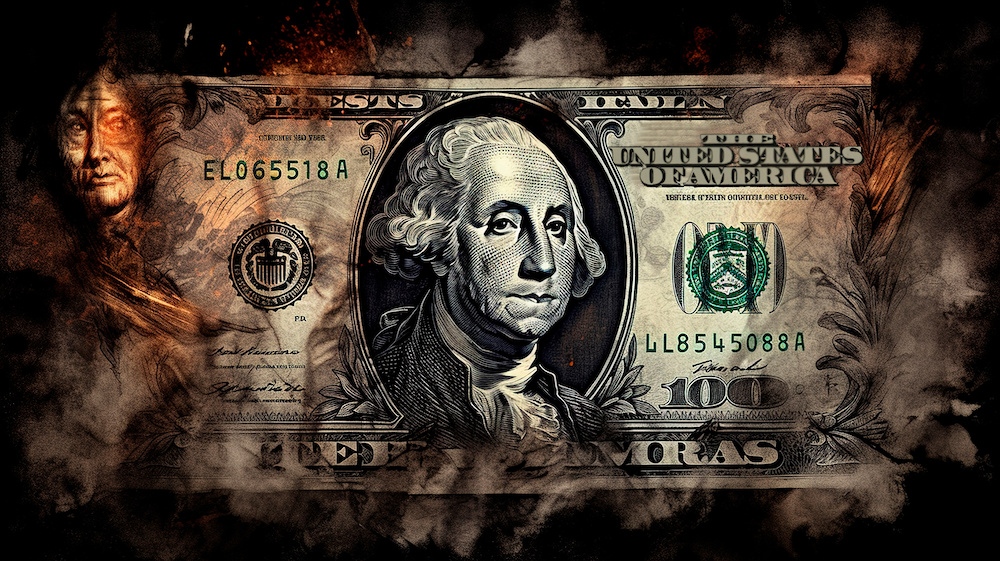Gold Price Reaches New All Time High
Gold has surged to a new all-time high of over $2,555 per ounce, driven by economic uncertainties, expectations of a Federal Reserve rate cut, and increasing demand as a safe-haven asset. ING projects gold to average $2,700 by 2025, supported by geopolitical tensions, lower interest rates, and rising central bank purchases.


